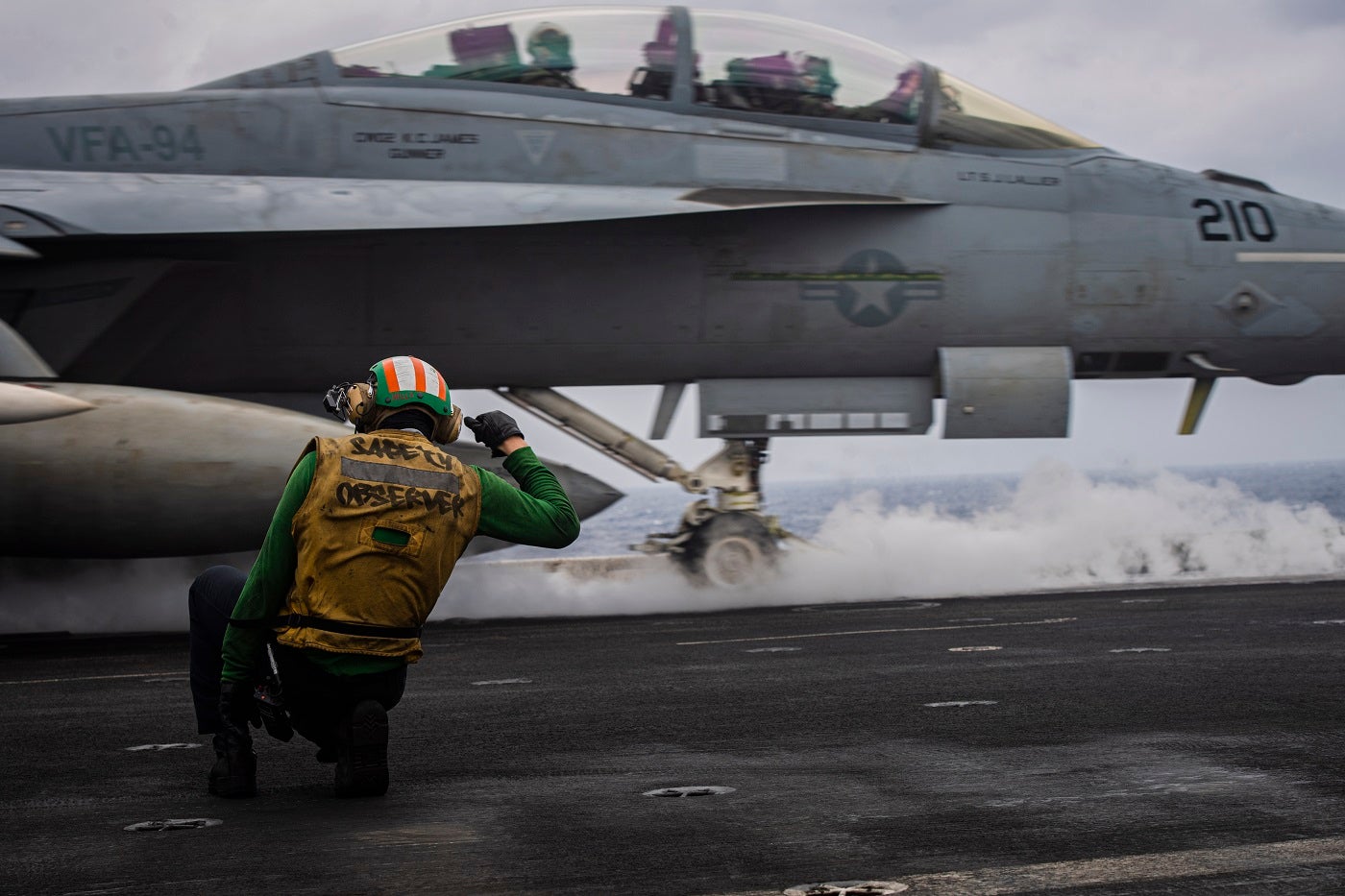
Historic ties as the foundation of Philippine modernisation
The leaders of the United States and the Philippines met to discuss their nations’ military, economic, and humanitarian cooperation partnerships.The discussions in Washington, DC, focused on the mutual defence treaty signed between the two countries in 1951.
According to Secretary of Defense Lloyd J. Austin III, the treaty “remains the bedrock of our cooperation” and still applies to armed attacks on either nation’s armed forces or public vessels anywhere in the South China Sea.
The topics discussed were plans to modernise the Philippine armed forces and operationalise the four new sites in Palawan and northern Luzon under the Enhanced Defense Cooperation Agreement signed on 1 February.
The Philippines Horizon defence modernisation programme moved to the next development stage last month, as the nation will look to acquire advanced weapon systems such as fighter jets to improve the country’s maritime and air defence capabilities.
The four new sites, including Naval Base Camilo Osias, Camp Melchor Dela Cruz, Balabac Island, and Lal-lo Airport, will join the existing five sites to support combined training exercises and military interoperability.
Austin also noted that by the end of the fiscal year 2023, a projected $100 million in infrastructure would be invested at the nine sites, spurring job creation and economic growth in local Philippine communities.
In addition, the leaders discussed near-term plans to complete a security-sector assistance roadmap aimed at delivering priority defence platforms, including radar, unmanned aerial systems, military transport aircraft, and coastal- and air-defence systems, over the next five to 10 years.
South China Sea tensions place importance on relationship
Territorial claims in the South China Sea and the increasing strength and assertiveness of China’s armed forces have spurred the Philippine government to enhance its military capabilities, according to GlobalData’s report on the “Philippines Defence Market 2023-2028“.
The discussions also included plans to conduct combined maritime activities with the US, Philippines, and other ally and partner nations in the South China Sea later this year to enhance collective deterrence.
According to GlobalData’s report on the “US Defense Market 2022-2027“, China’s posturing in the South China Sea threatens the stability of the international security region. The US’s capability to operate in the South China Sea is increasingly restricted, with observers citing increased levels of confrontation between the two nations.
US Secretary of State Antony Blinken also touted the economic partnership between the two countries, including the Indo-Pacific Economic Framework for Prosperity with the Philippines and other partners across East and South Asia, Australia, and New Zealand.
Austin mentioned that more than 17,000 troops are participating in Exercise Balikatan, the largest and most complex iteration of the annual exercise that was introduced 38 years ago.
Last month, the US and Philippine armies conducted the annual bilateral ‘Salaknib’ training exercise, which hosted over 3,000 troops who trained in various military operations.




